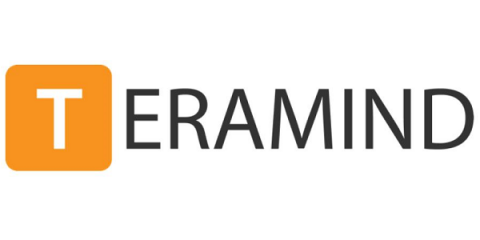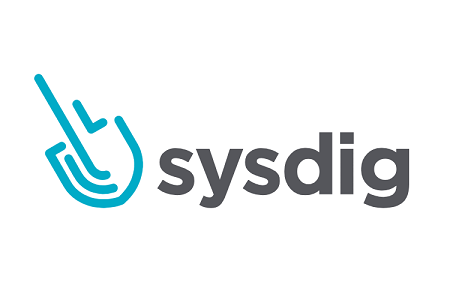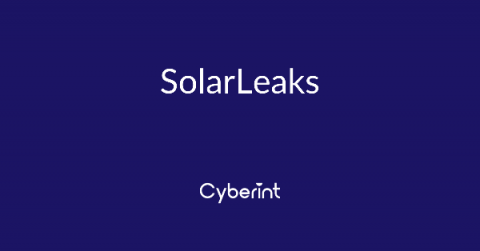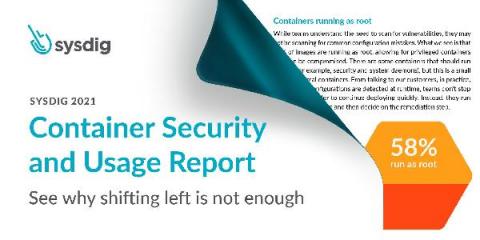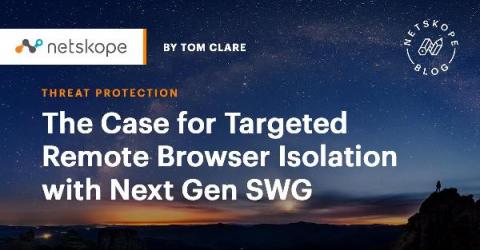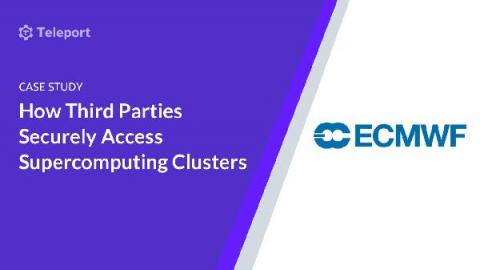3 Permanent Security Risks in a Post-Pandemic World
With the administration of COVID-19 vaccines beginning around the world, many of us have begun to look to a future where the pandemic does not totally dominate our lives. Naturally, the way we socialize and work will have shifted. Remote work, for instance, has shown to be more productive and preferable for many businesses. In the cybersecurity space, we’re also beginning to realize which threats are opportunistic and temporary – and which ones are here to stay.



